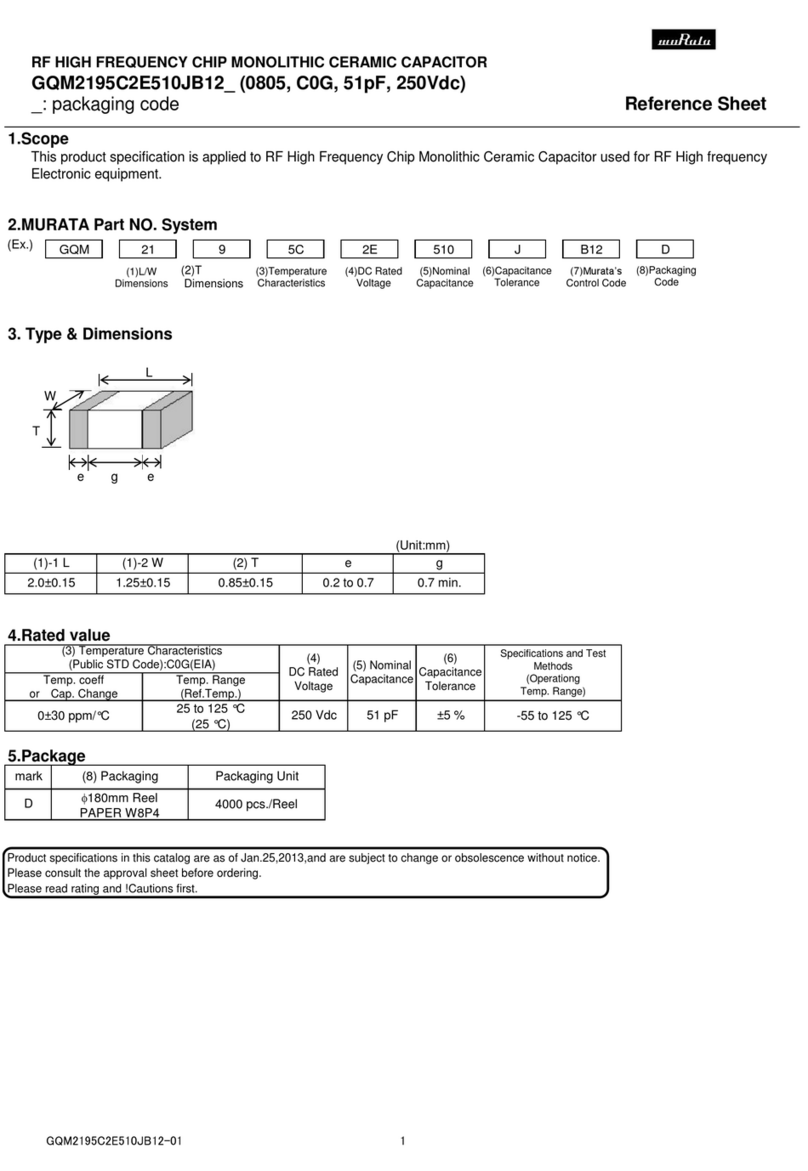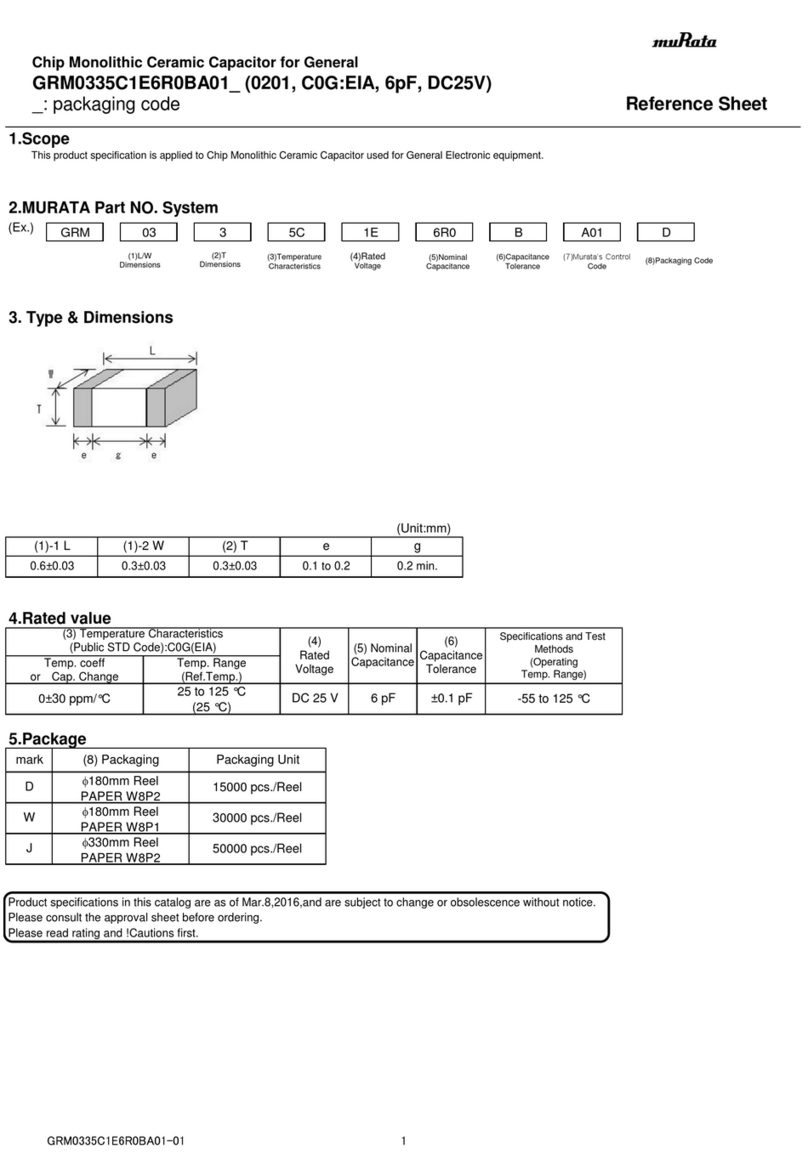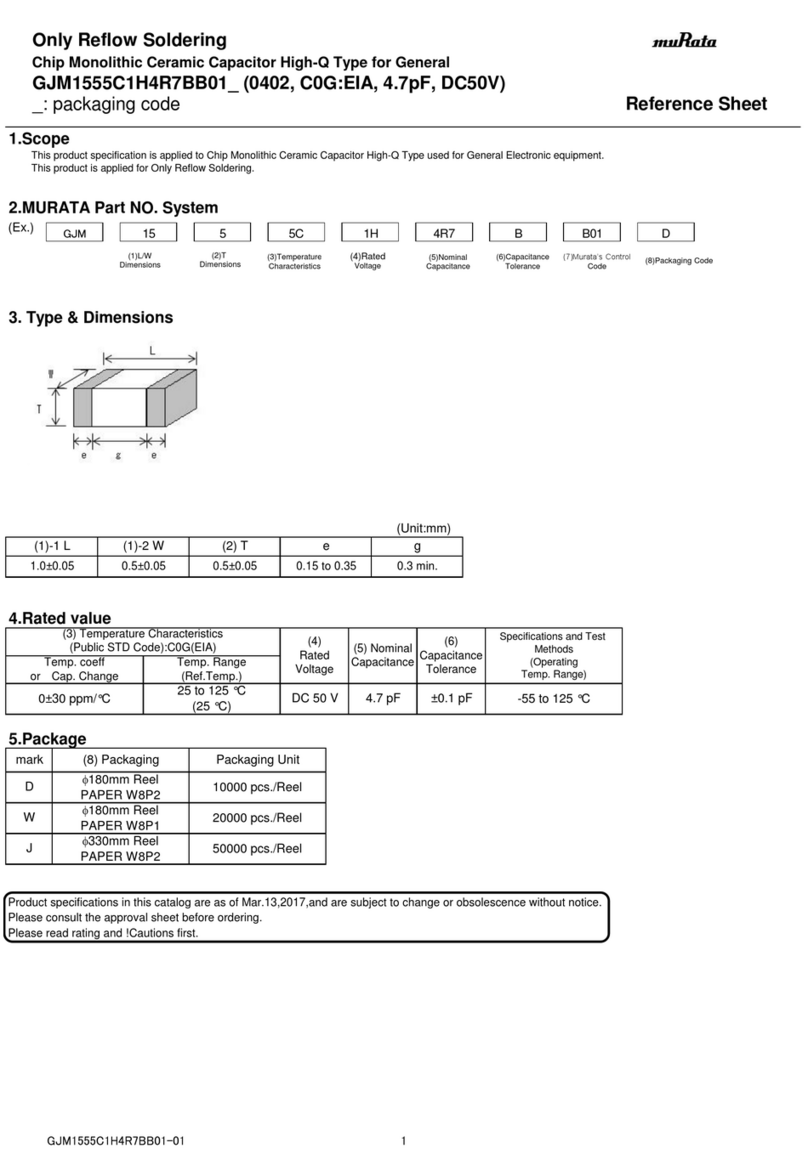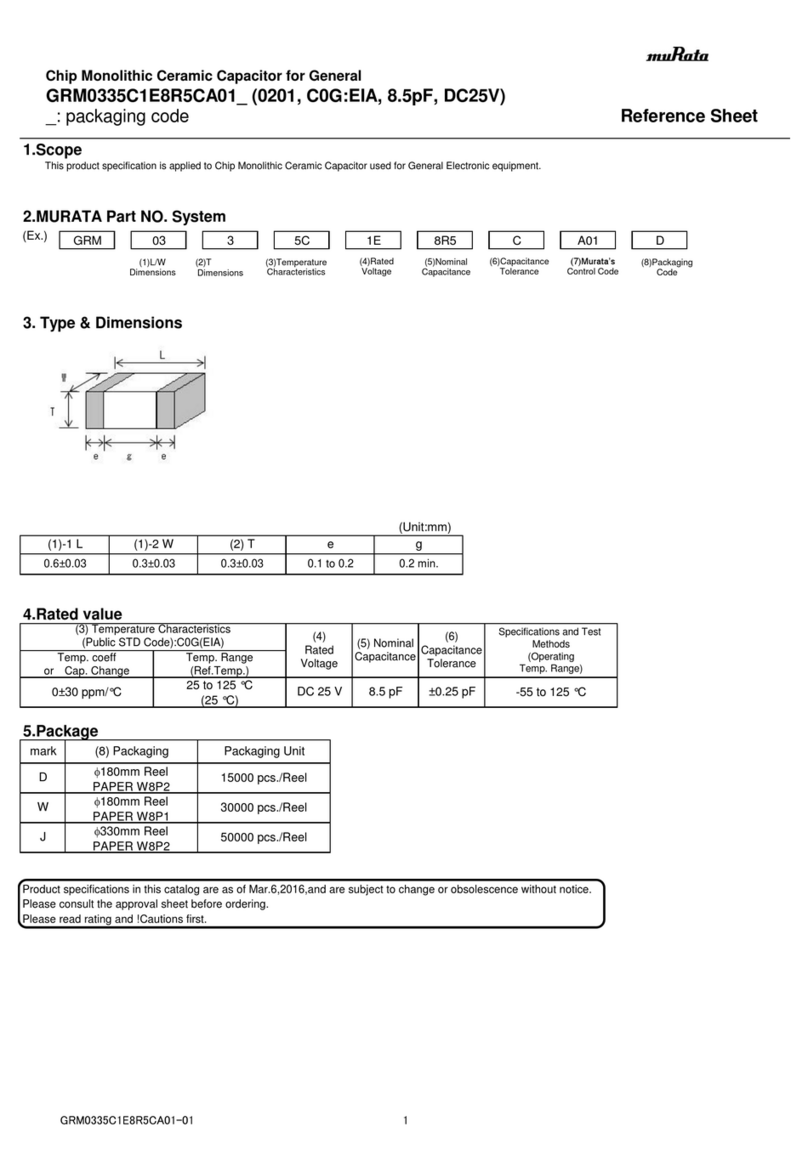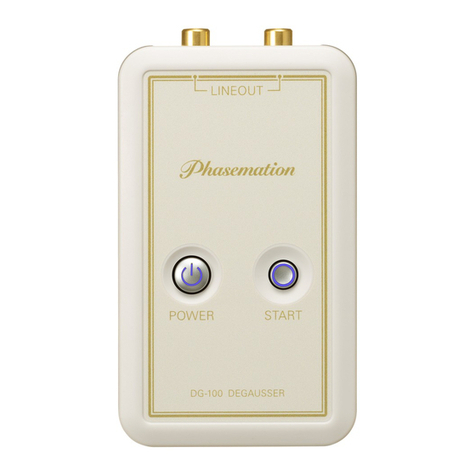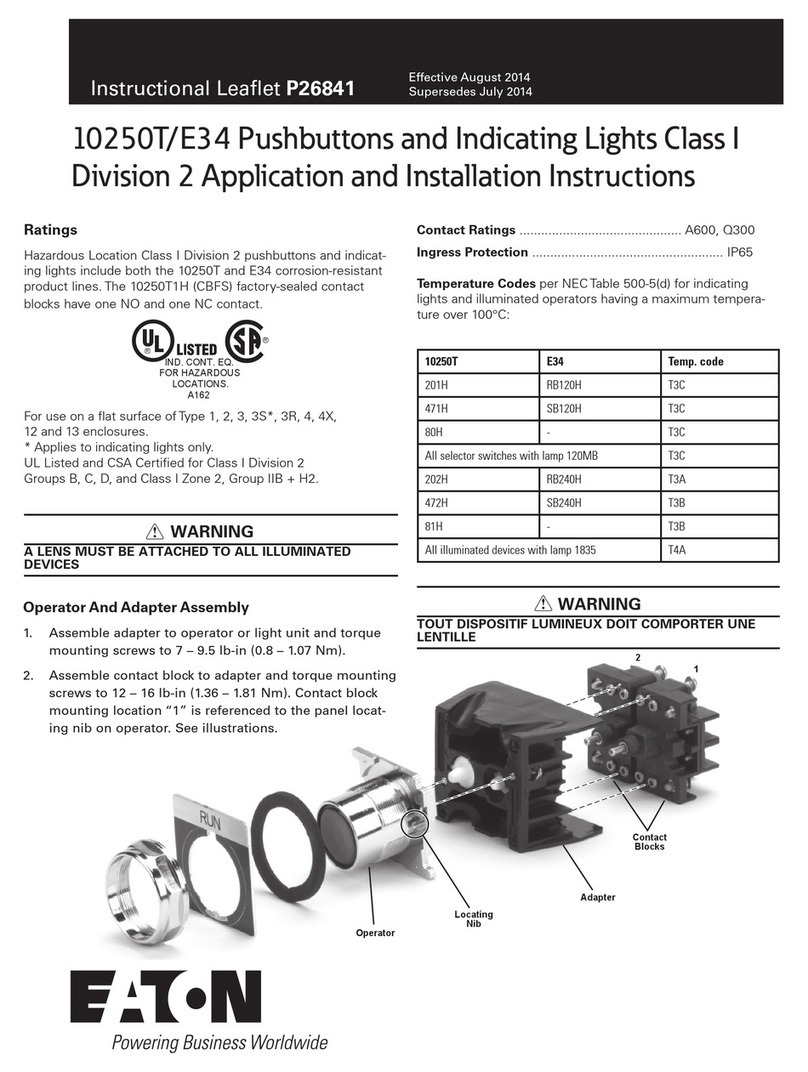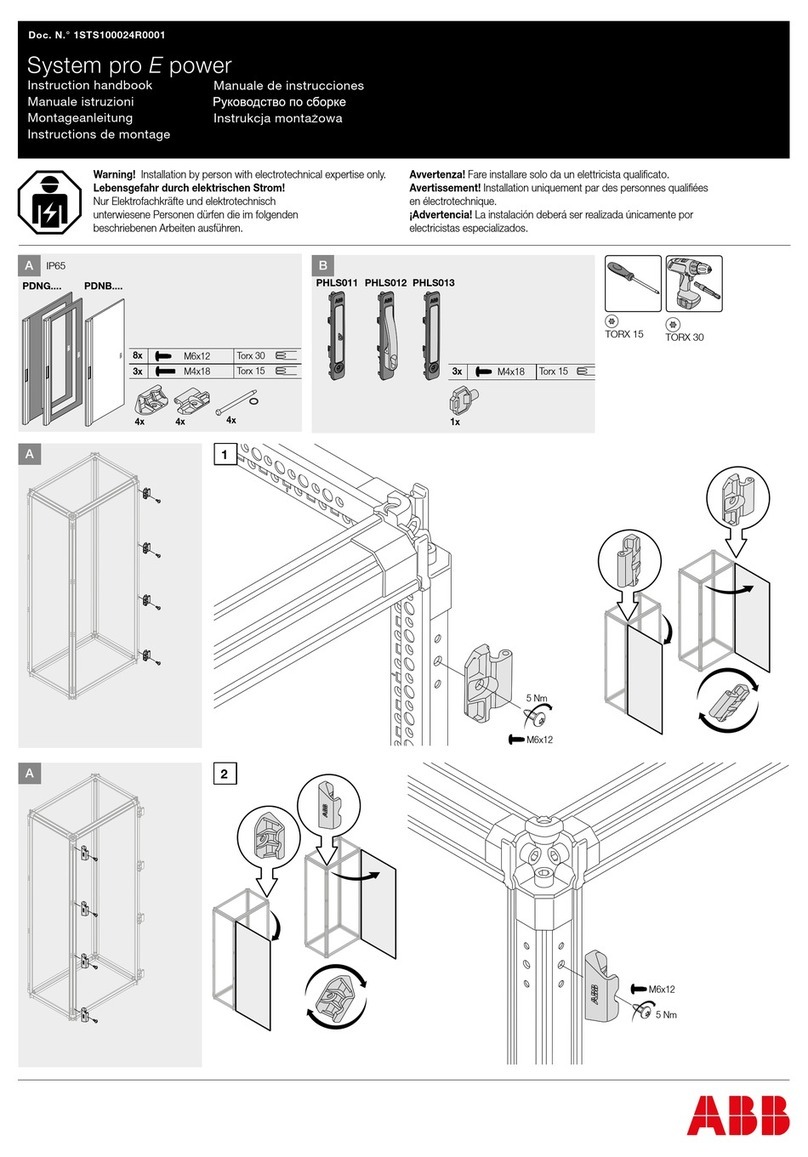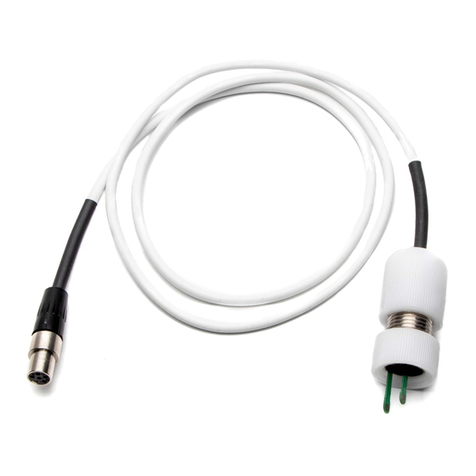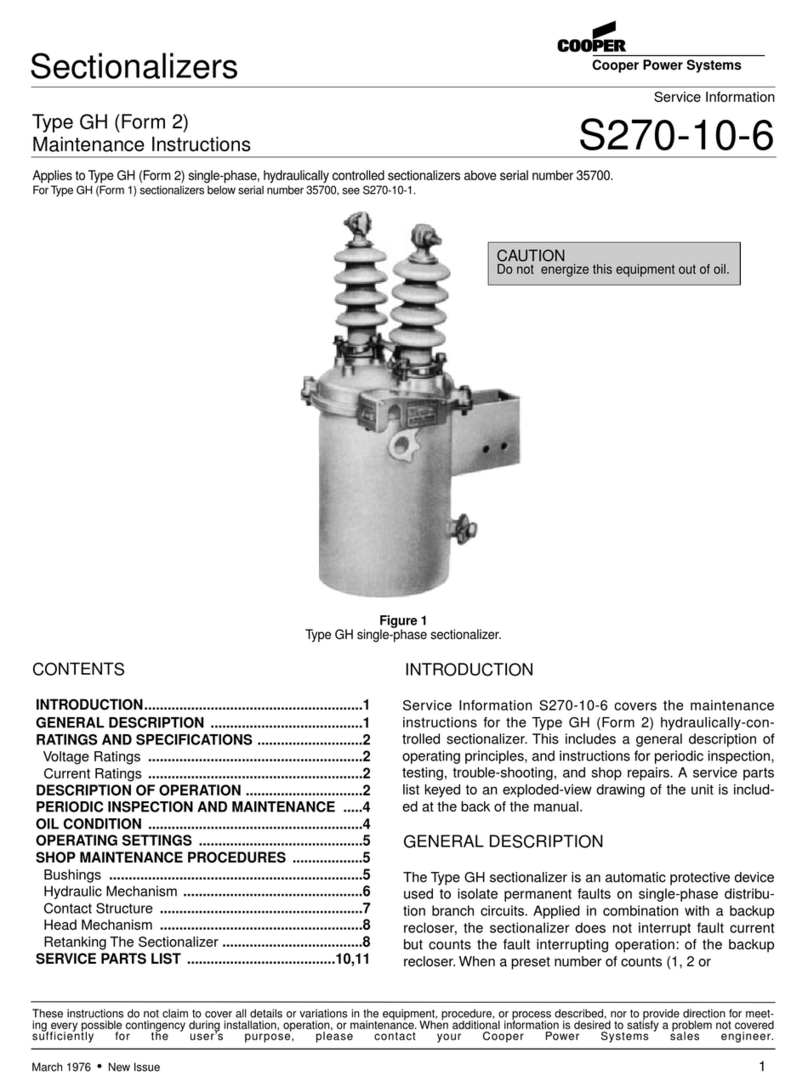Murata GRM0335C1E681FA01 Series User manual
Other Murata Industrial Electrical manuals
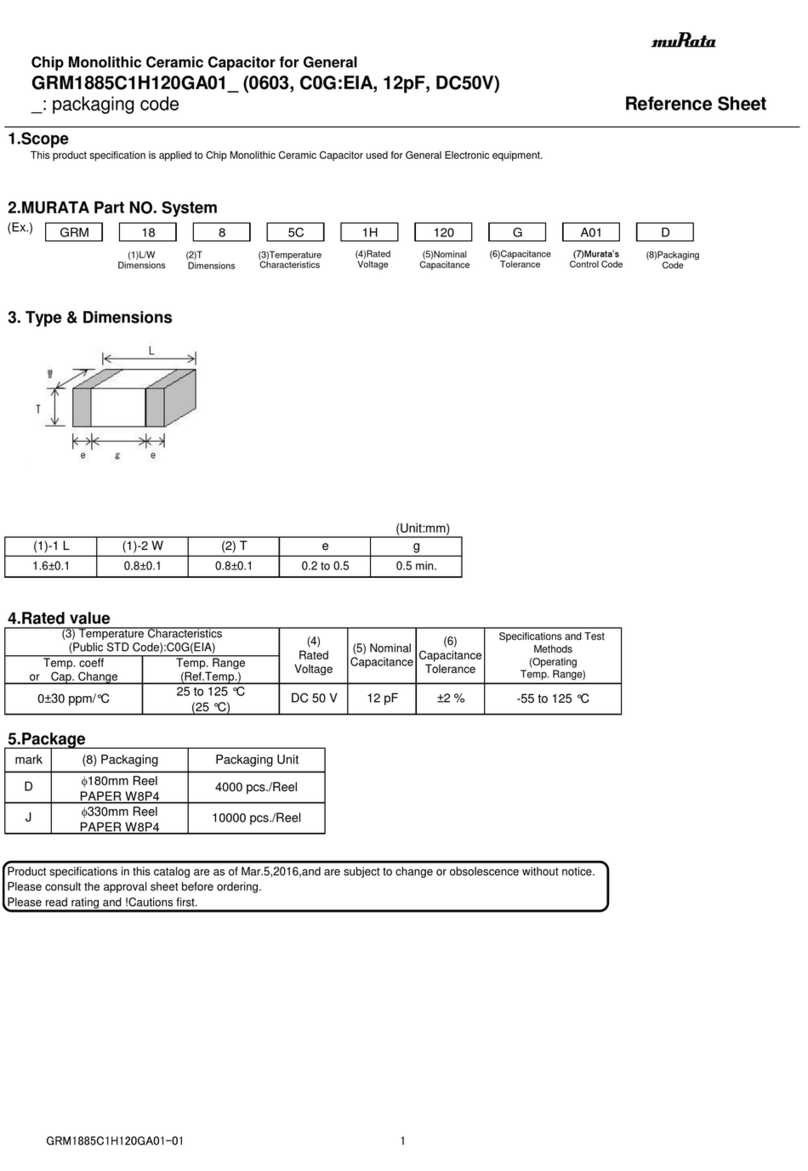
Murata
Murata GRM1885C1H120GA01 Series User manual
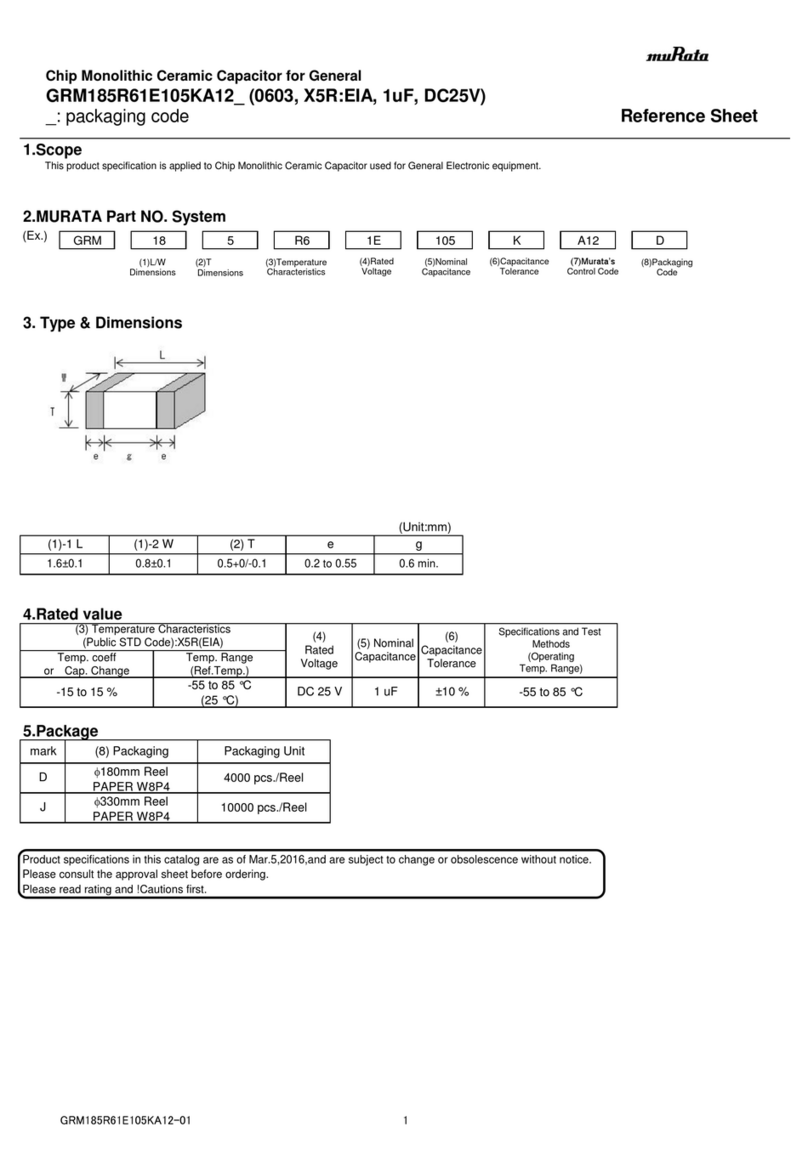
Murata
Murata GRM185R61E105KA12 Series User manual

Murata
Murata GRM21BF51A475ZA01 Series User manual

Murata
Murata GRM033R60G474ME90 Series User manual
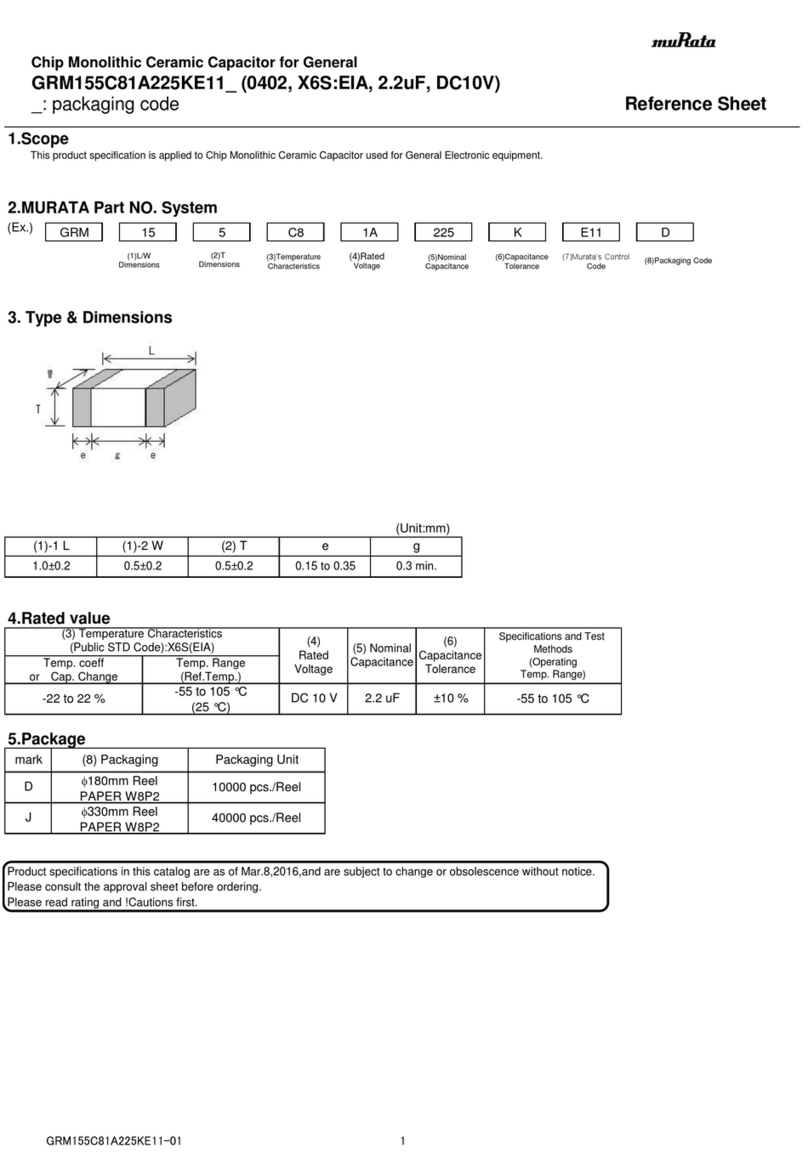
Murata
Murata GRM155C81A225KE11 Series User manual
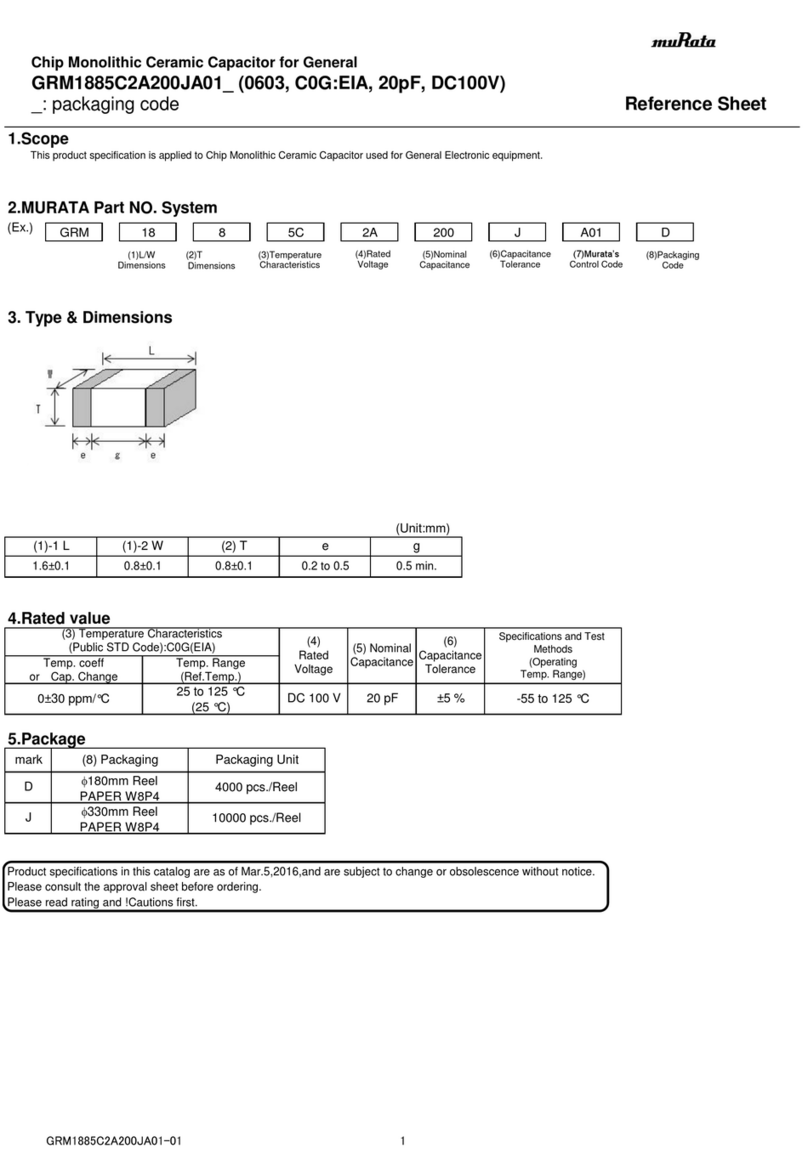
Murata
Murata GRM1885C2A200JA01 Series User manual
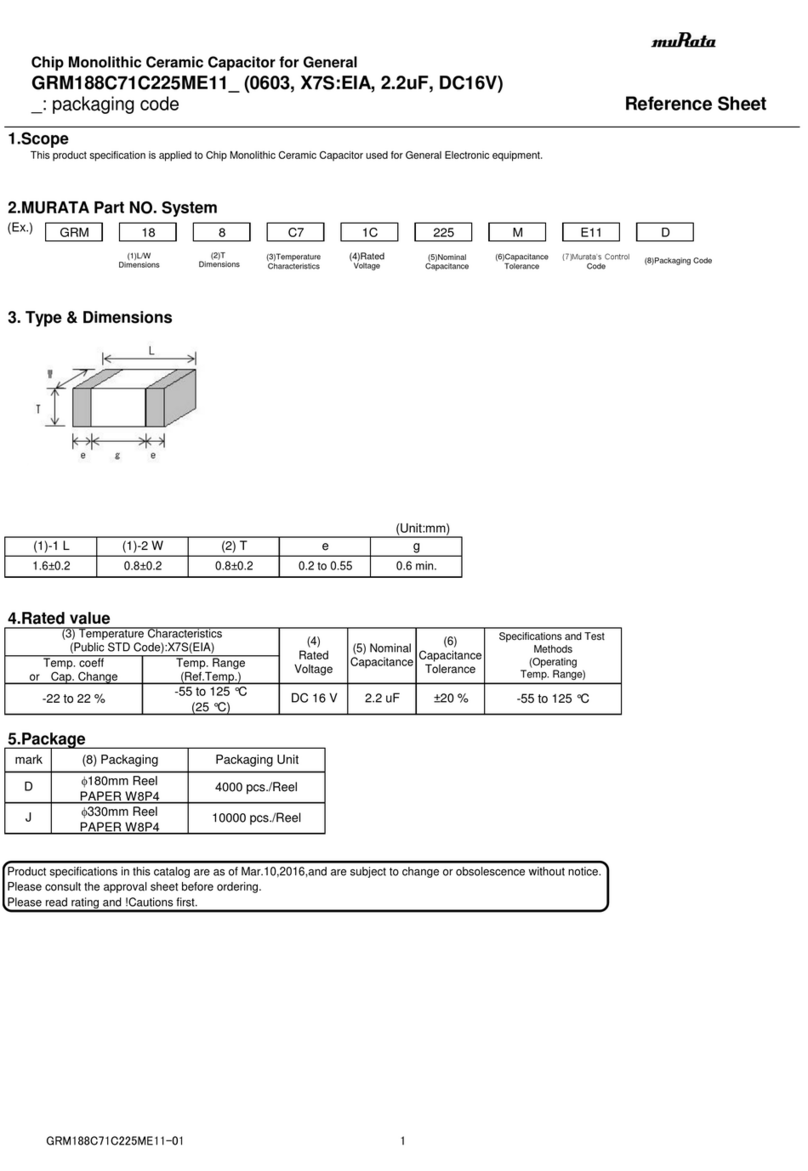
Murata
Murata GRM188C71C225ME11 Series User manual
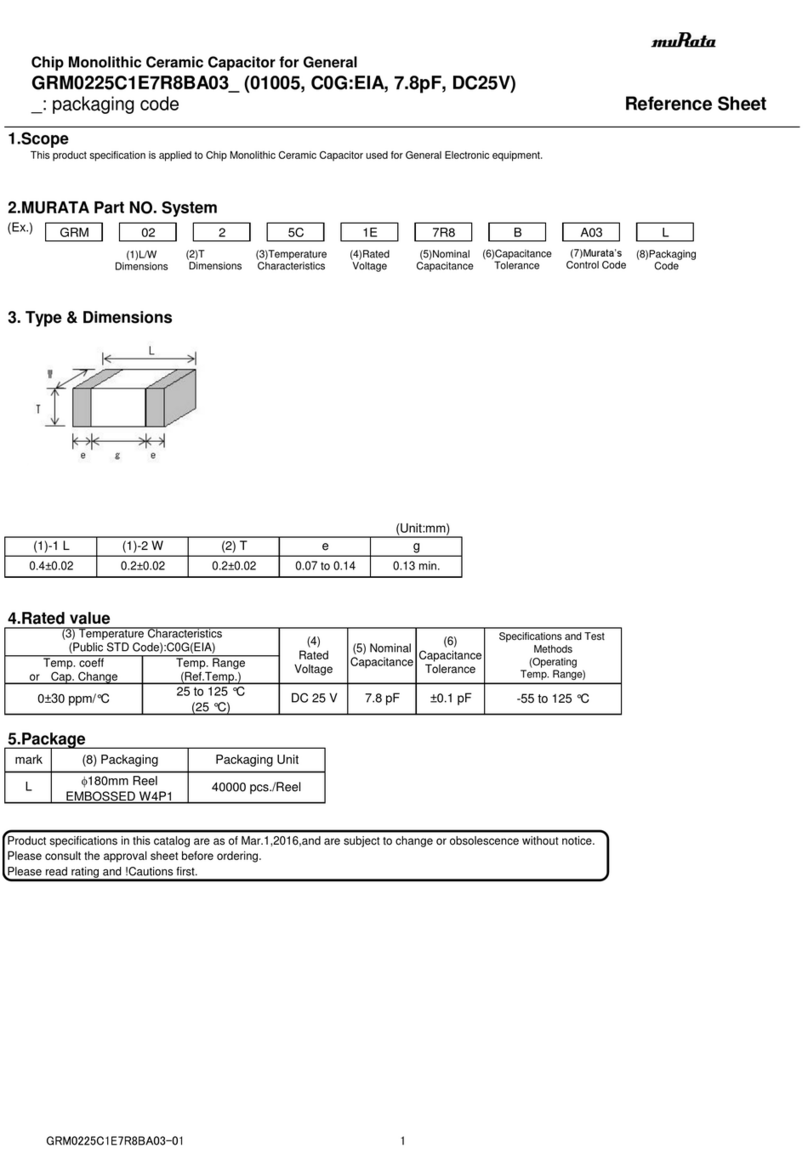
Murata
Murata GRM0225C1E7R8BA03 Series User manual
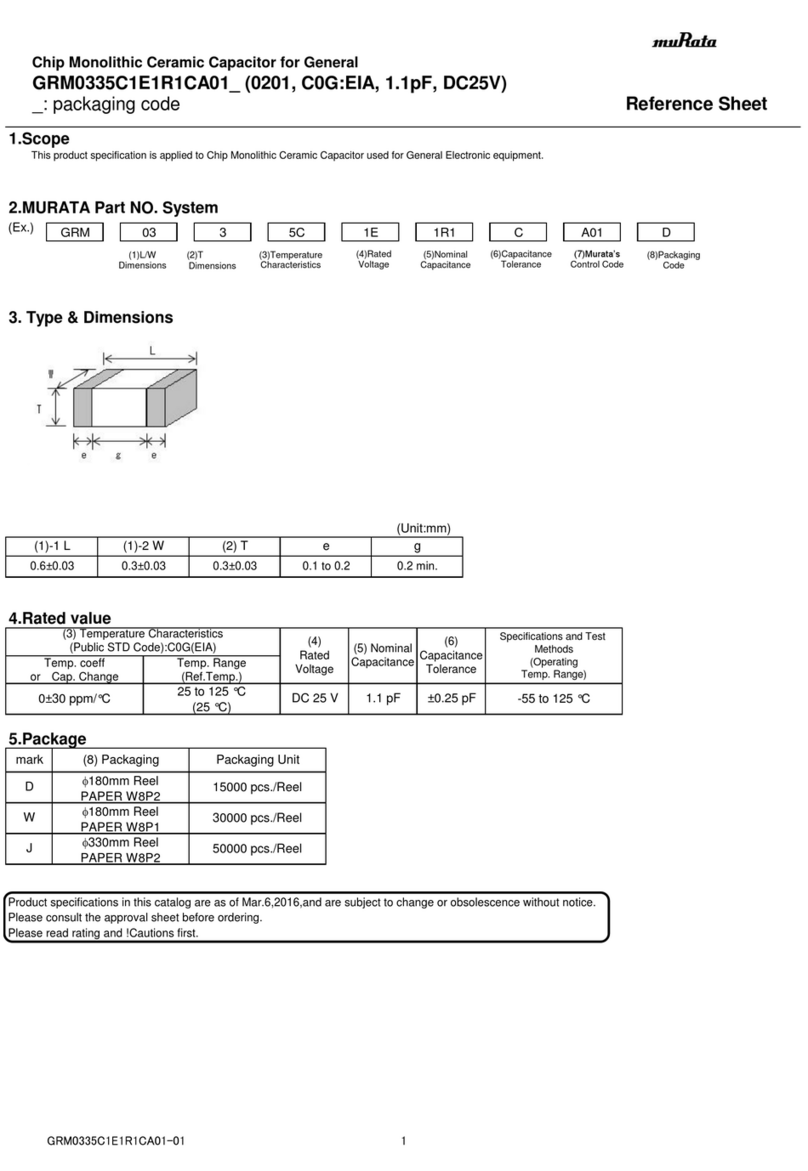
Murata
Murata GRM0335C1E1R1CA01 Series User manual
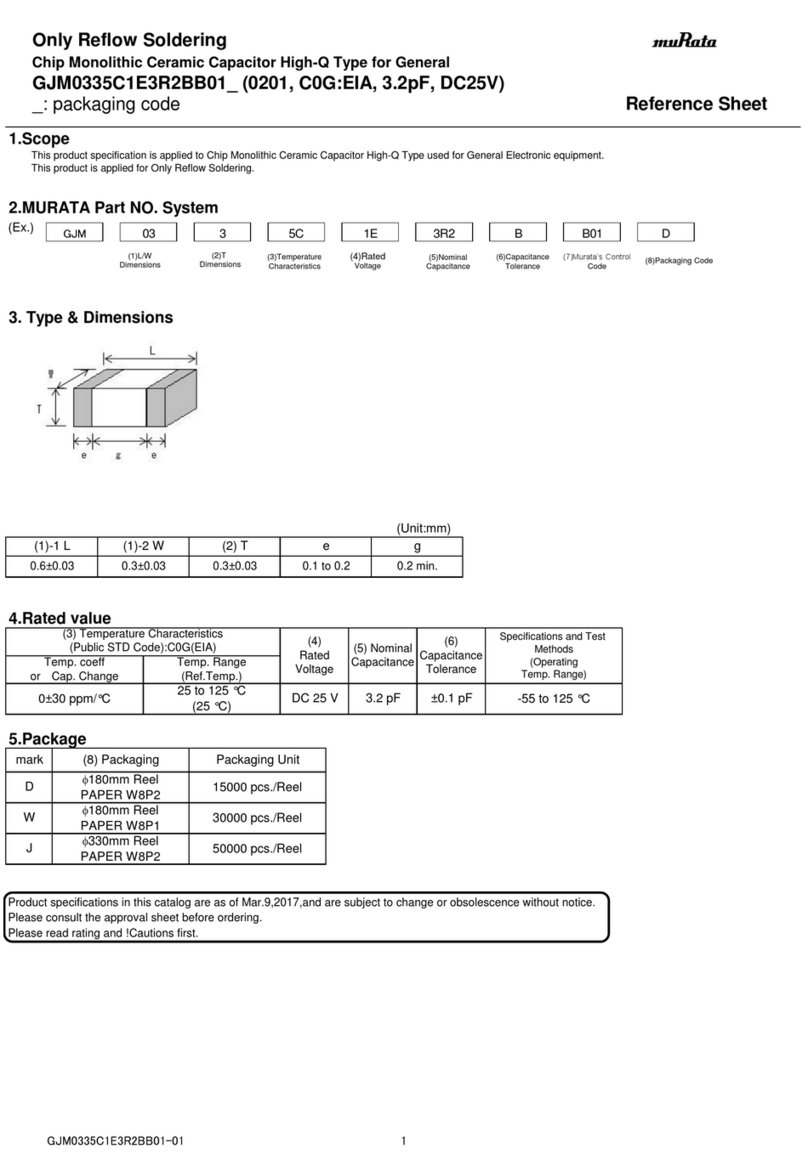
Murata
Murata GJM0335C1E3R2BB01 Series User manual
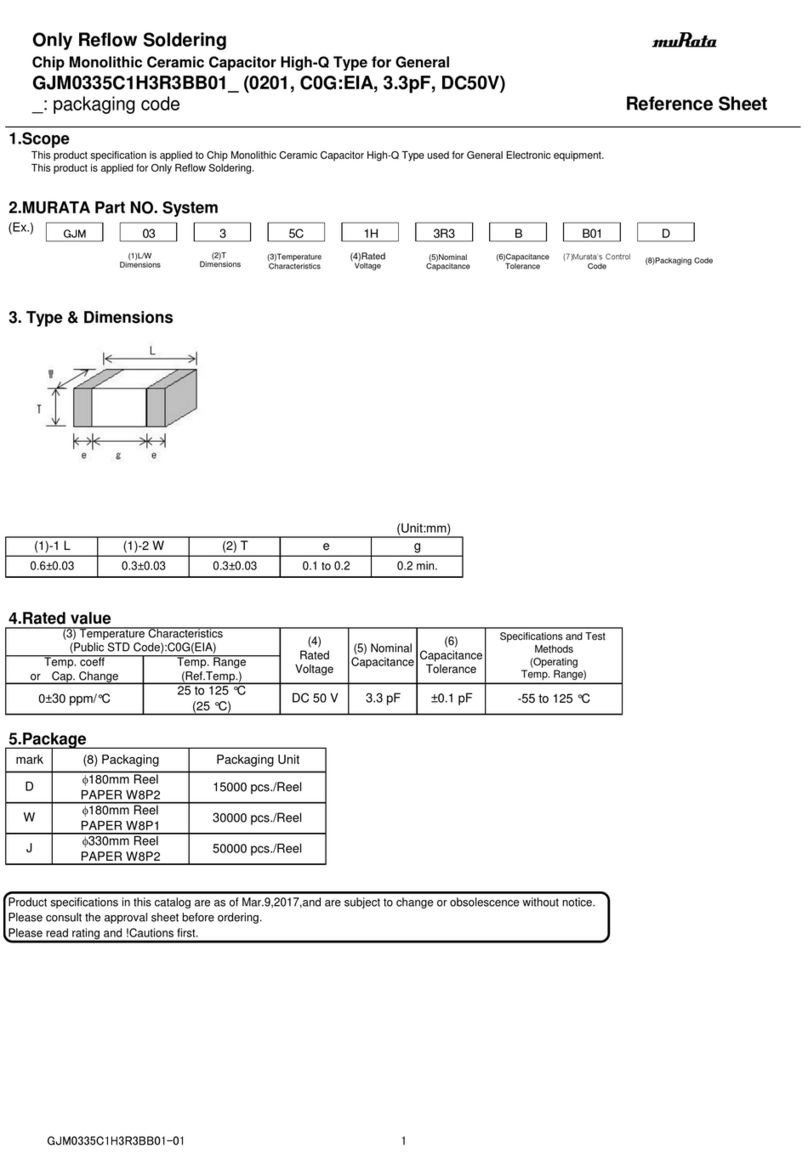
Murata
Murata GJM0335C1H3R3BB01 Series User manual

Murata
Murata GCM216R71H103KA37 Series User manual
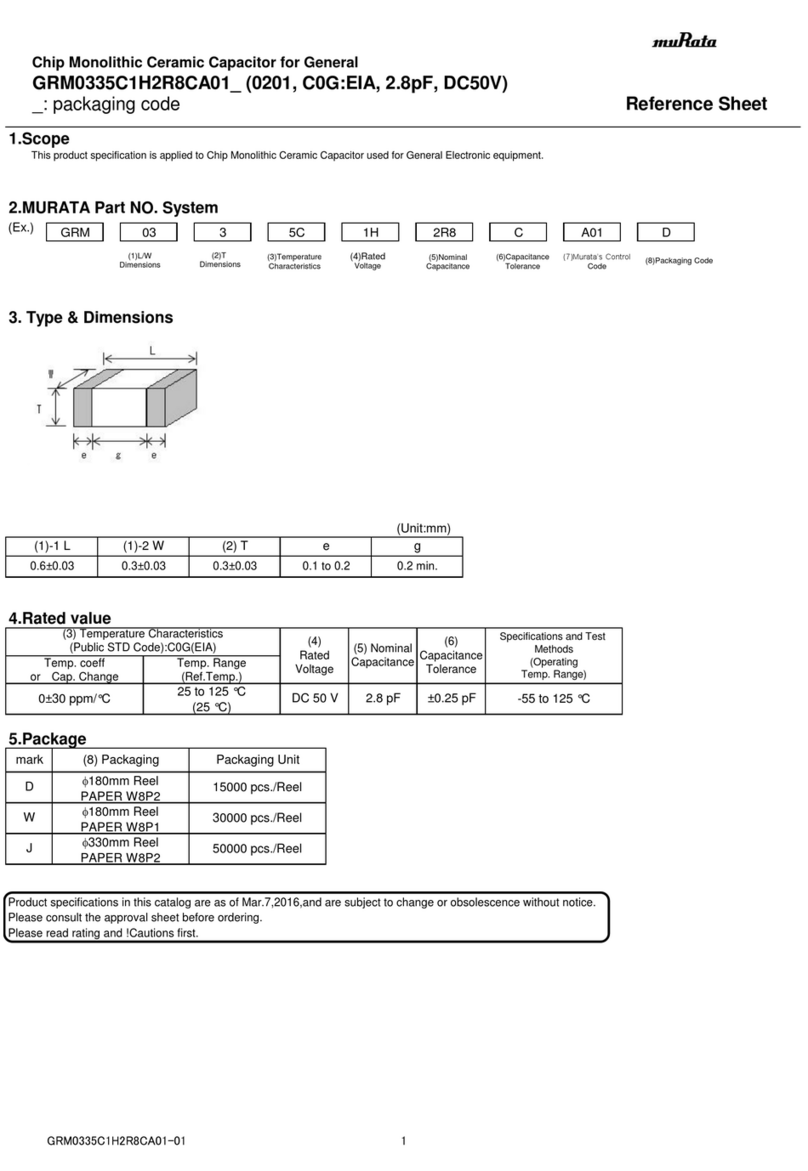
Murata
Murata GRM0335C1H2R8CA01 Series User manual

Murata
Murata GRM188R61A106MAAL Series User manual
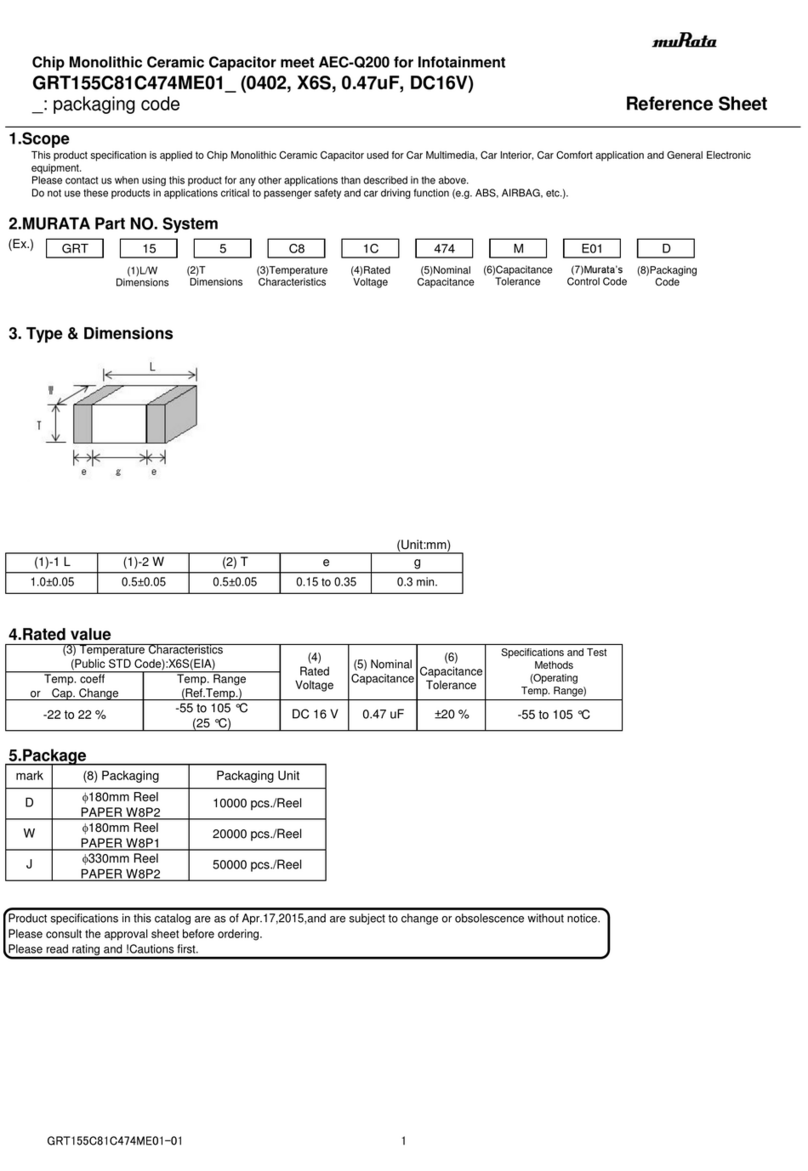
Murata
Murata GRT155C81C474ME01 Series User manual
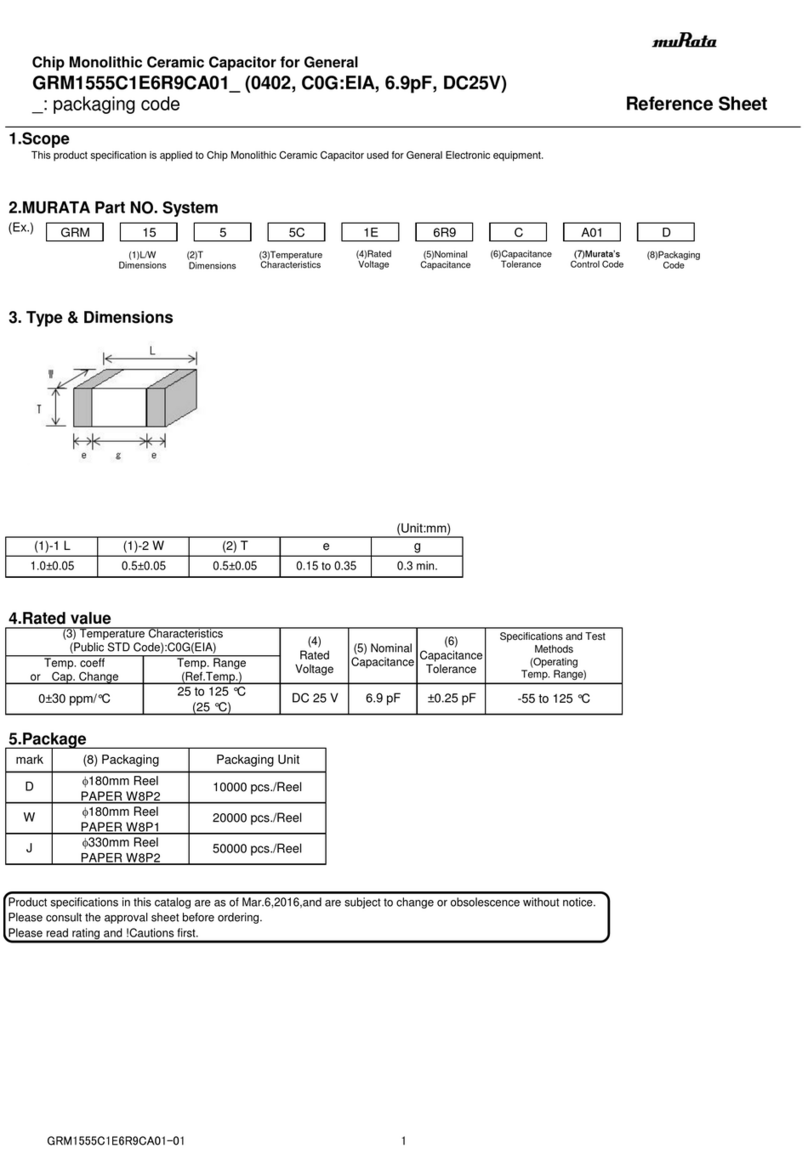
Murata
Murata GRM1555C1E6R9CA01 Series User manual

Murata
Murata GRM022R60J103JE19 Series User manual
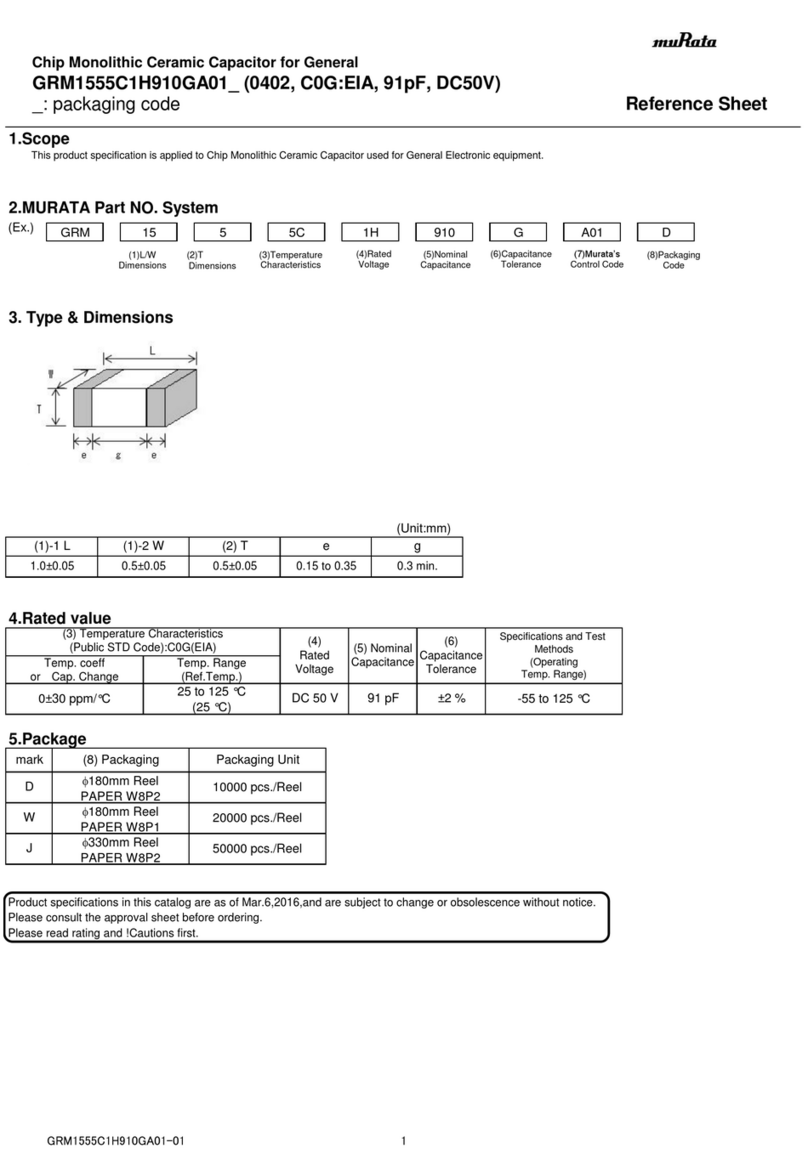
Murata
Murata GRM1555C1H910GA01 Series User manual

Murata
Murata GRT21BR61H225KE13 Series User manual

Murata
Murata GRM188R61E684KA75 Seres User manual
Popular Industrial Electrical manuals by other brands
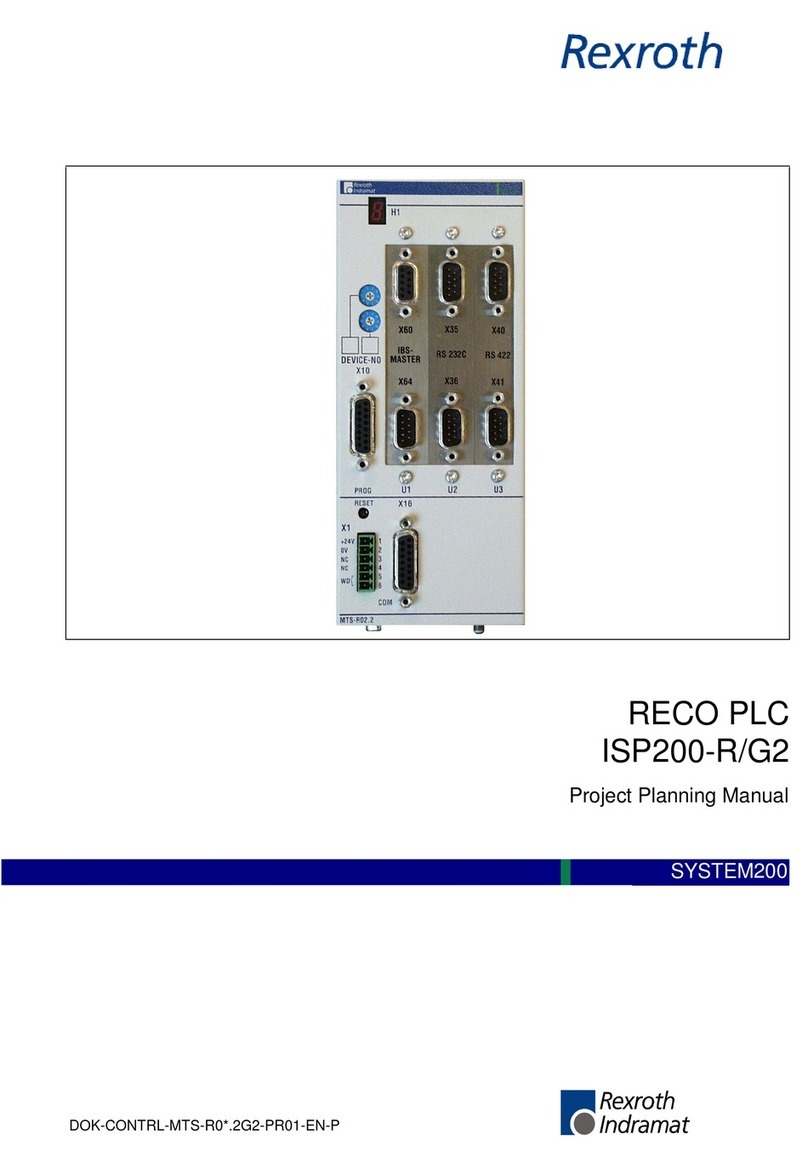
Rexroth Indramat
Rexroth Indramat DURADRIVE SYSTEM200 Project planning manual

Abtech
Abtech HVJB Series Installation, operation & maintenance instructions

SAF-HOLLAND
SAF-HOLLAND CBX 5415.5 Installation and operation manual

Eaton
Eaton Ulusoy HMH24-04 user manual

Newlong
Newlong NP-7H NSTRUCTION MANUAL/PARTS LIST

Stahl
Stahl 8575/12 operating instructions

SI
SI Pegasus installation instructions

Cooper Power Systems
Cooper Power Systems VXE15 Installation and operation instructions

S&C
S&C Vista SD manual

Siemens
Siemens 3VA9988-0BM10 operating instructions
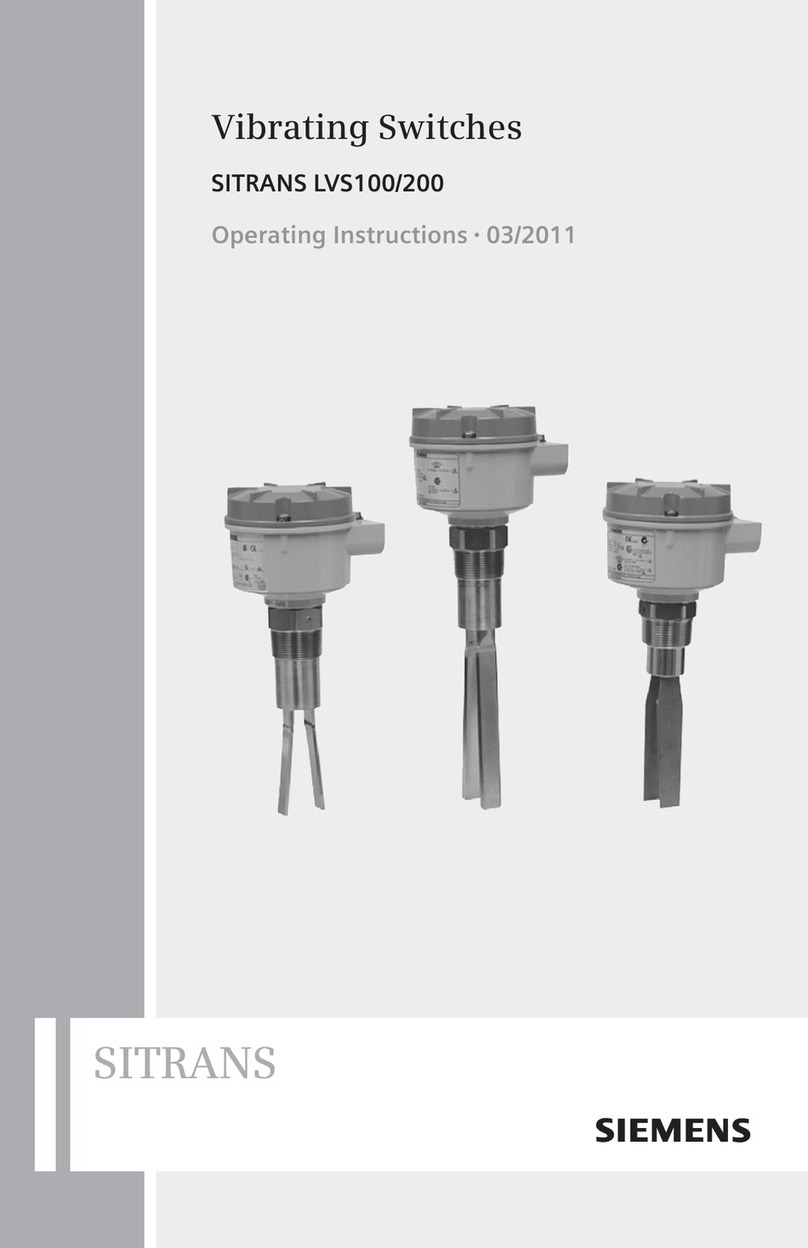
Siemens
Siemens SITRANS LVS100 operating instructions
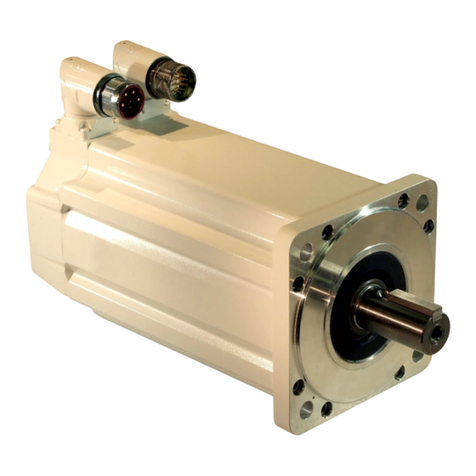
Rockwell Automation
Rockwell Automation Allen-Bradley MP-Series installation instructions
